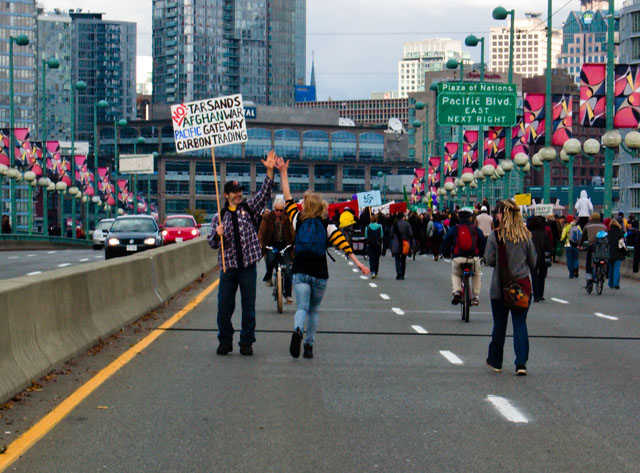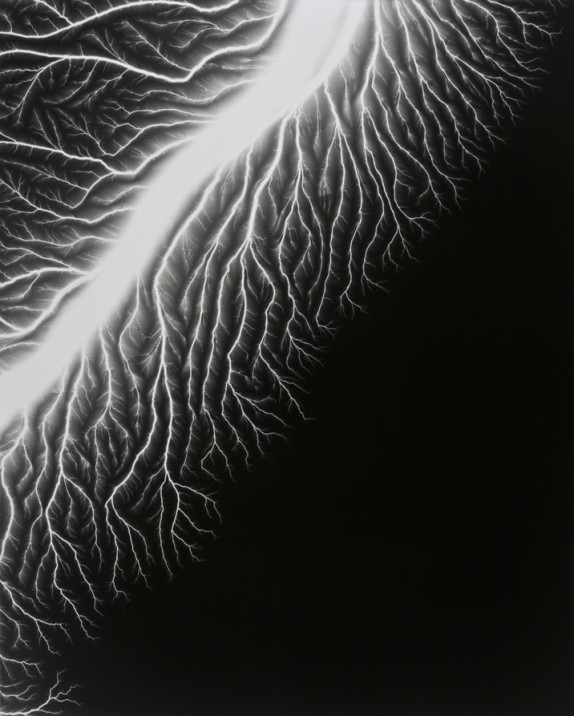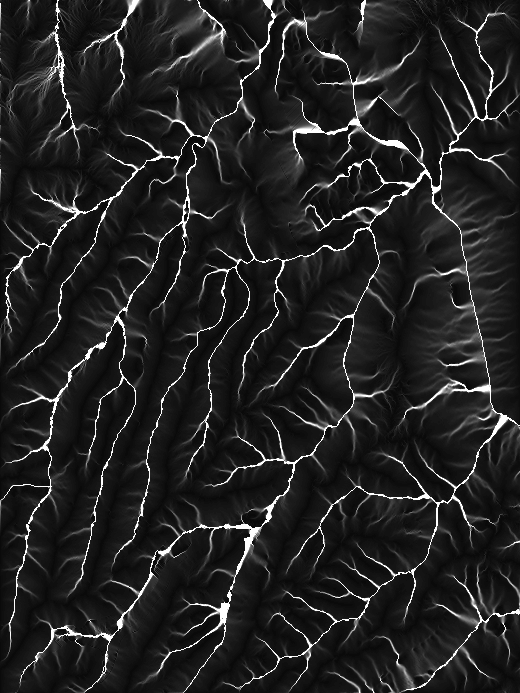Enhance
Forgive me for saying so, but I know a thing or two about enhancing photographs. I’ve put some time in as a satellite and aerial imagery analyst, and as a hobby photographer I make no apologies about Photoshop. I grok histogram response curves, level shifting, global and local contrast, interpolation, headroom, falloff, edge detection, hue isolation and saturation expansion. I know you almost always zoom out (!) to see a pattern, but if you want to get into pixel-peeping, I know a little about decomposing a pixel into constituent spectral signatures, k-means clustering and machine-learning classification, and all the lovely supervised and unsupervised pixel binning techniques. If I give myself an hour to study up, I can even keep the Minimum Noise Transformation straight in my head for 15 minutes. And the N-Dimensional Visualizer speaks for itself.
There is an enormous amount you can do to make a shape or pattern or shade of interest stand out in a image, by tweaking the colour or contrast response, or exploiting extra parts of the light spectrum to help the computer find hidden colours. You can fuzz together noisy patterns to see the shapes behind them, or bin together multiple pixels to lighten up the darkness. Just about the only thing you can’t do is create detail where there wasn’t any to begin with.
So I get grumpy every time I watch a movie with an image analysis scene, and the one and only thing they always always do is the one damn thing you can’t.
dunk3d made a montage:
Two they left out:
Bladerunner (the original?)
and of course Super Troopers
…(although it’s true that imagery analysts wear state trooper uniforms to operate their computer terminals.)









